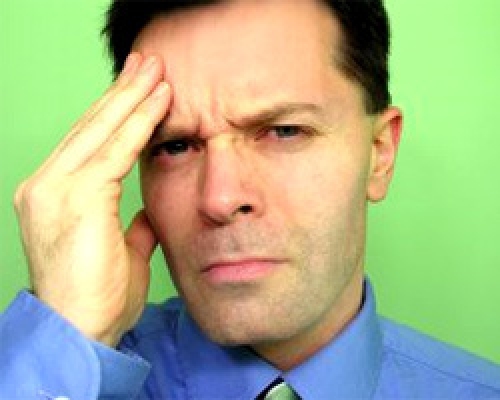Articles

headache-1
Dear listeners, in our previous broadcasting we talked about how physiotherapy can help with varicose veins. Today we will discuss another common complaint which patients come to see us with – headaches.
As you may know a headache can be felt in different areas, such as the front, back and temples. There are many causes of headaches, with the more common ones being migraines, headaches caused by hormonal changes (e.g. associated with the menstrual cycle or menopause) as well as headaches caused by problems in the neck. Physiotherapy is most effective for headaches which are the result of neck pathology, otherwise known as cervicogenic headaches.
Sounds a bit strange, doesn’t it? Why do you have a headache when there is a problem when the problem lies in the neck? This is where physiotherapy comes in. During the first consultation the physiotherapist will collect all relevant information regarding the nature of your headaches as well as your general medical history. This will help to rule out other possible causes of headaches, such as migraines or headaches associated with hormonal changes. Following this the physiotherapist will perform a thorough diagnostic assessment during which he/she will assess the range of motion of the neck. The physiotherapist will often use a goniometer when testing the mobility of the neck. This is a special assessment tool which allows to measure the movement in degrees, thus ensuring that the measurement is accurate. Besides this the physiotherapist will check the strength and control of the stabilizers of the neck. This will help to further determine whether the headache originates from neck pathology. In our practice we often see the patients’ headache increase or reduce as we are assessing the movements of the neck.
Once the diagnosis is confirmed the physiotherapist will provide you with a treatment plan. The range of available physiotherapy treatments for headaches is quite broad. This includes SCENAR therapy, which we discussed during one of our previous broadcasting and which we will discuss again at a later stage, manual therapy, massage, as well as special exercises aimed at improving the posture as well as the strength and control of the stabilizers of the neck. The physiotherapist will also likely give you some exercises to do at home.
